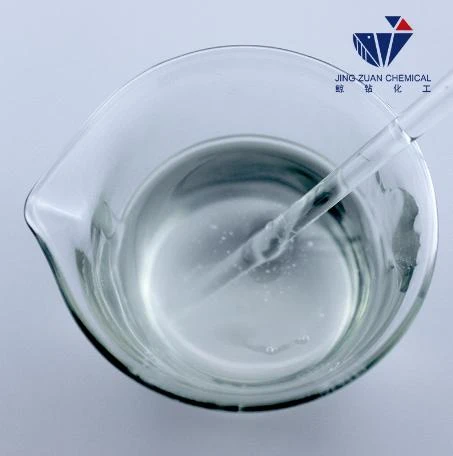
Nov . 28, 2024 07:09 Back to list
HPMC-Based Films for Enhanced Drug Delivery Applications and Performance Evaluation
Understanding HPMC A Comprehensive Overview
Hydroxypropyl Methylcellulose (HPMC) is a versatile cellulose derivative widely used in various industries due to its unique properties and functionalities. In this article, we will explore what HPMC is, its applications, and its significance across different fields.
What is HPMC?
HPMC is a semi-synthetic polymer derived from cellulose, which is a natural polymer found in the cell walls of plants. It is created through the modification of cellulose by hydroxypropylation and methylation processes. The resulting compound exhibits attributes such as solubility in water, film-forming abilities, and gel-forming capacities, making it an ideal candidate for numerous applications.
HPMC is available in different grades, categorized based on their viscosity and degree of substitution. The viscosity is pivotal as it determines the thickening properties of the substance in solutions, influencing its performance in various applications.
Applications of HPMC
.
1. Pharmaceuticals HPMC plays a critical role in the pharmaceutical industry, where it serves as a binder, thickener, and controlled-release agent in drug formulations. It is often found in tablet formulations, helping to improve the consistency and stability of the drug product. HPMC is also utilized in the preparation of sustained-release capsules due to its ability to form gels in aqueous solutions, thereby controlling the release of active pharmaceutical ingredients.
แผ่น hpmc

2. Food Industry In food applications, HPMC is recognized as a food additive, commonly labeled as E464. It acts as a thickening agent, emulsifier, and stabilizer, improving the texture and consistency of various products, including sauces, dressings, and baked goods. Its ability to retain moisture also enhances the shelf-life and quality of food items.
3. Cosmetics and Personal Care HPMC is a crucial ingredient in many cosmetic and personal care products, including lotions, creams, and shampoos. Its thickening and emulsifying properties help in creating stable formulations while improving the texture and application of these products. Additionally, HPMC acts as a film-forming agent, contributing to the long-lasting effects of cosmetic products.
4. Construction In the construction industry, HPMC is widely used as a water-retaining agent in cement-based materials. It enhances the workability of mortar and plaster while improving adhesion to various substrates. The inclusion of HPMC in construction materials helps to prevent cracking and improves the overall durability of the structures.
Benefits of HPMC
The benefits of using HPMC are manifold. It is non-toxic and safe for use in food and pharmaceutical applications, making it a preferred choice among manufacturers. Its biodegradability adds to its environmental appeal, aligning with the growing demand for sustainable products.
Moreover, HPMC is highly versatile, and its adjustable properties allow manufacturers to tailor it according to specific needs, resulting in enhanced performance of various products.
Conclusion
In summary, Hydroxypropyl Methylcellulose (HPMC) is an essential compound with diverse applications spanning multiple industries, from pharmaceuticals to food and construction. Its unique properties, such as solubility, thickening capabilities, and non-toxic nature, make it a preferred ingredient in many formulations. As industries continue to innovate and adhere to sustainability practices, HPMC is likely to play an increasingly vital role in developing products that meet consumer demands while remaining environmentally friendly. Understanding and utilizing HPMC effectively opens up new avenues for innovation in product development and application.
-
Versatile Hpmc Uses in Different Industries
NewsJun.19,2025
-
Redispersible Powder's Role in Enhancing Durability of Construction Products
NewsJun.19,2025
-
Hydroxyethyl Cellulose Applications Driving Green Industrial Processes
NewsJun.19,2025
-
Exploring Different Redispersible Polymer Powder
NewsJun.19,2025
-
Choosing the Right Mortar Bonding Agent
NewsJun.19,2025
-
Applications and Significance of China Hpmc in Modern Industries
NewsJun.19,2025







